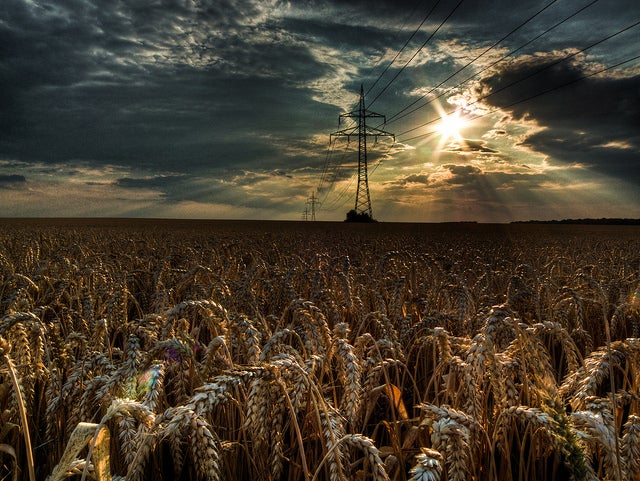One of the key priorities of Latin America and Caribbean countries is to advance their international position competitively. Among the most important components of that advancement is electrical integration among the countries of the region. By allowing the commercial exchange of electricity among countries, this work provides major economic, social, and environmental benefits. These exchanges greatly benefit participants by reducing generation costs, significantly improving the reliability of power systems, increasing the utilization, efficiency and effectiveness of equipment and power plants, and reducing the costs of production and transportation. Electricity integration also leads to a greater capacity to mitigate negative environmental effects. In Latin America, we have three electrical integration mechanisms:1. Central American Electrical Interconnection System (SIEPAC): This involves the implementation of the first regional electric transmission system that strengthens the grid of Central America. The project covers the transmission infrastructure and the institutional and regulatory framework required for energy exchanges. For over 25 years, the project has allowed the formation and progressive consolidation of a Regional Electricity Market (REM) through the creation and establishment of appropriate legal, institutional, and supranational technical mechanisms, facilitating private sector participation in the development of additions to power generation.
2. The Andean Community: In 2002, Andean Community Measure 536, which established the General Framework for sub-regional interconnection of electric power systems and intra-community trade in electricity, was adopted. It established basic principles for designing the operational framework to allow international trade in electricity between countries of the Andean Community. It states that energy is of strategic importance in the process of Andean, Latin America, and hemispheric integration and looks for a competitive market with necessary economic signals that meet the criteria of economic efficiency. Free access is guaranteed to international connections, and also guaranteed is the fact that financial aspects will not influence the management of the network, that exposure to risk for power generators will be minimized, and that financial protection schemes will be based on income from traffic on transmission lines, as well as that mechanisms for the allocation of income will be based on traffic. There is a supranational coordination mechanism between signatory countries, but the substance of the exchanges is handled bilaterally.
3. MERCOSUR: The energy policies of its member countries, plus Bolivia and Chile, are aimed at complementing the energy activity between countries, giving ample opportunities to the private sector. The location of major energy resources in the member countries of MERCOSUR allows national demands to be supplied by electric or gas interconnections. The effort was aimed at implementing a sub-regional energy market in Mercosur. It jointly sought to satisfy the energy needs of countries of the sub-region, expanding energy frontiers in terms of competition and trade, through the exploitation of energy sources (electricity and natural gas) from neighboring countries. However, it does not have a specific supranational institutional framework for the sector.
These three exchange mechanisms, ranging from a higher to a lower level of integration, however, have not resulted in high levels of trade, which currently ranges between 1 and 5% of the energy consumed in the countries. Without the binational central Southern Cone, exchanges fall to between 1 and 2% of the energy consumed. For international electricity interconnections to fulfill their purpose, there should definitely more in-depth integration mechanisms.


Leave a Reply